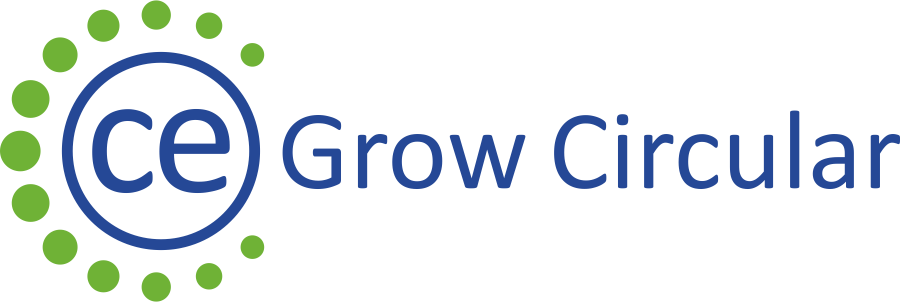Value optimisation is the guiding principle for circular businesses. According to this principle, companies must keep all products, components and materials at their highest value and utility at all times. Value added is in cost-saving, in lower environmental impact, in higher business resilience, in new revenue streams and in better relationships with customers. In a circular economy, the goal is not to optimize profit but rather the value.
Optimization of value is about finding an alternative to the existing with the highest possible performance by maximizing useful and desirable factors while minimizing harmful factors. For example:
- Materials that are seen as waste in production or post consumption can become inputs in new products and applications. In this case, optimization is about minimizing the waste generation and maximizing the reuse of the resulted waste.
- Value can be increased by using products longer or reuse them in multiple cycles after repair or refurbishment.
- New types of business models such as leasing or servitization can enable all stakeholders (producers, intermediaries, end-users) to capture a share of value.



